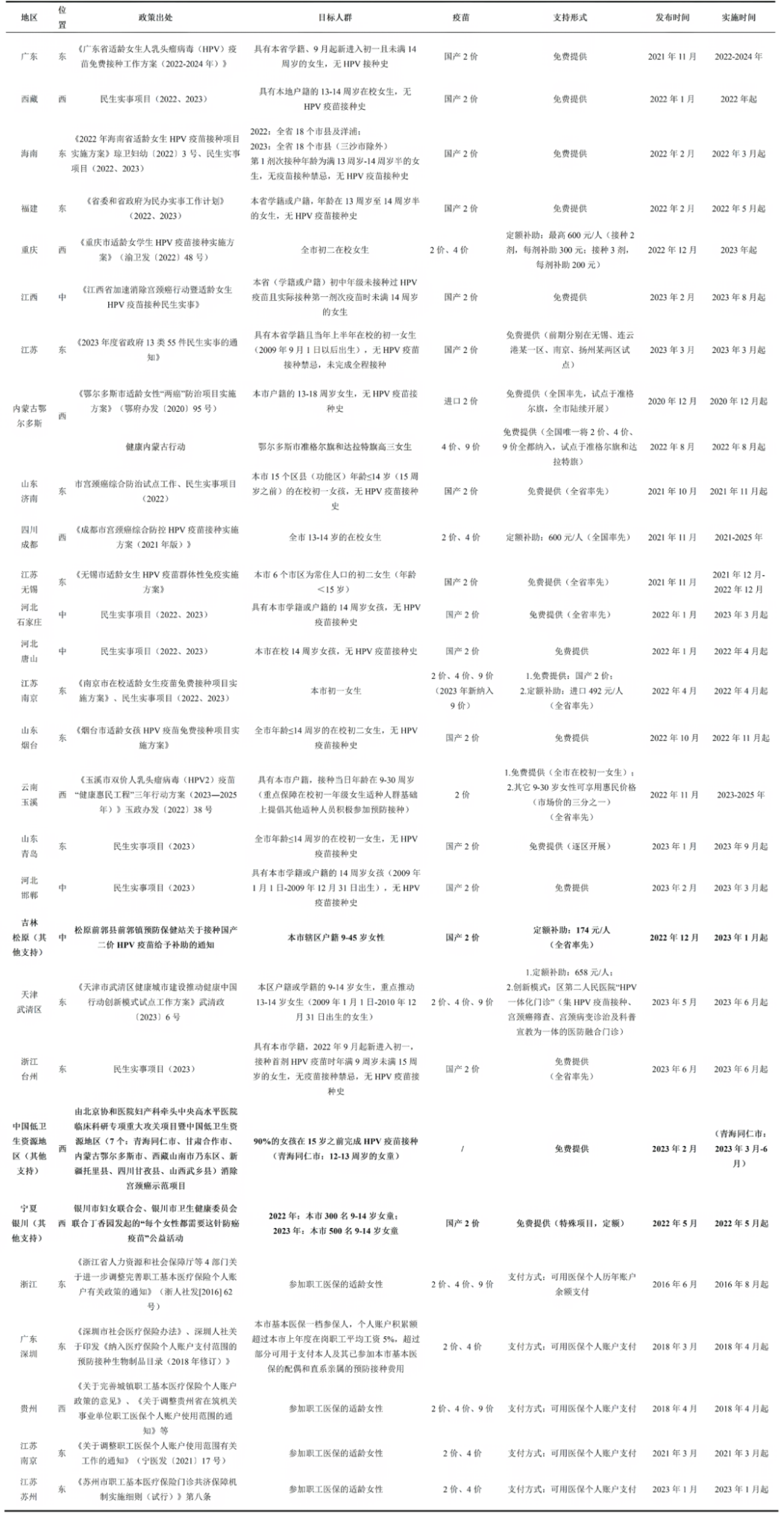On January 16, 2025, the Innovation Lab for Vaccine Delivery Research (VaxLab) at Duke Kunshan University hosted its first online technical workshop in 2025. The workshop, themed on “Simultaneous immunization of different vaccines: research progress and implementation”, addressed a current concern among the healthcare workers at the primary vaccination clinics by inviting experts from China and overseas to share best practices and research progress.
“Currently, there are 14 NIP vaccines and more than 30 non-NIP vaccines in China. The National Immunization Program is very complicated, posing challenges for vaccination scheduling, timely vaccination, and full vaccination, especially when the children encounter the contraindications to vaccination,” said Dr. Wenzhou Yu, Deputy Director of the Center for Immunization Program, China CDC, during the workshop.
Of the two major paths to address these challenges, Yu believes the first is to accelerate the development and application of combination vaccines in China, but the R&D process is relatively lengthy. The other path is to promote evidence-based simultaneous vaccination with multiple vaccines in the short to medium term, reduce the frequency of visits to vaccination clinics by parents and children, and ease staff workload at vaccination clinics.
“Children under the age of 7 in China receive about 25 doses of NIP vaccines, and if counted the supplemental non-NIP vaccines, at least 15 more doses would be added. The total number of parent trips to and from the vaccination clinics may reach 30,” Dr. Linlin Wu, Deputy Chief Physician of the Institute of Immunization Program at the Shanghai CDC, pointed out.
Guest speakers also shared studies in China and other countries about simultaneous immunization, covering common pediatric vaccines, as well as vaccines for adults, including the pediatric pentavalent and hexavalent vaccines, EV71, Haemophilus influenzae vaccine (Hib), pneumococcal vaccine (PCV), DTaP, influenza vaccine, herpes zoster vaccine, PPSV23, etc. Studies supported that co-administration has comparable immunogenicity and safety performance to separate vaccinations.
“Before a vaccine is introduced into our national immunization program, studies about simultaneous vaccination have already been conducted. Once the vaccine has launched, we will conduct active and passive monitoring to collect and analyze data to evaluate the safety of simultaneous vaccination,” said Prof. Nicholas Wood, Deputy Director of the Australian National Centre for Immunization Research and Surveillance (NCIRS).
“Some parents worry about whether it will be painful for their children to get several shots at one visit, but instead of sending their children for vaccinations in more visits, it is better to go for a few painful shots at one visit,” said Nicholas. According to the fact sheet by the Children’s Hospital Philadelphia, previous studies have found that children experience similar amounts of stress, as measured by secretion of a hormone called cortisol, whether they are getting one or two shots at the same visit. In addition, Nicholas clarified some common misconceptions about simultaneous vaccinations, such as the fact that getting multiple vaccines simultaneously does not burden a child’s immune system.
Dr. Lance Rodewald, Senior Advisor for the Center for Immunization Program, China CDC, spoke about the experience of using concurrent vaccination strategies in U.S. immunization programs. Initially introduced to accelerate the Measles Elimination Initiative, simultaneous vaccination required providers to simultaneously administer all vaccine doses for which a child is eligible at each visit. This ensures coverage and timeliness of vaccination. “After that, it became the standard of pediatric immunization practice,” Lance notes.
Simultaneous vaccinations are commonly used in routine immunization, new vaccine introduction, catch-up vaccination, influenza vaccinations, and international traveler vaccinations. Co-administration follows some basic principles, such as non-live vaccines can be given with other live or non-live vaccines. There are some exceptions to the rule if that is clearly stated in the instructions or supported by research evidence.
Different institutions in China have also carried out studies on concurrent vaccination in the past two years and have encouraged vaccine marketing licensees to actively add evidence and update the instructions in a timely manner. In 2022, the Chinese Journal of Epidemiology published the Expert Consensus on the Use of Combined Vaccines and Concurrent Vaccination for Children 0-12 Months of Age. Different provinces and municipalities have also issued relevant guidelines, such as the Tianjin Municipality released the Tianjin Technical Guidelines on Simultaneous Vaccination with Multiple Different Vaccines (2023 Edition) in October 2023, and the Guangdong Province has also seen the issuance of relevant guidance. However, the evidence on concurrent vaccination is still insufficient, and the different compensation modes and sources of funding for immunized and non-immunized vaccines in the compensation mechanism for vaccine adverse reactions, as well as the determination of compensation responsibility, are one of the key impediments to the promotion of the practice of concurrent vaccination.
“It should be added that, in addition to evidence-based studies on immunogenicity and safety, we call on research institutions to explore specific issues such as parental acceptance of coadministration, vaccine hesitancy, acceptable number of doses, etc., and further changes need to be made to the spectrum of our immunization services. By meeting the goals of increasing vaccination convenience and reducing the providers’ workload and the risk of dealing with AEFI-related disputes, we can implement a good simultaneous vaccination policy,” said Dr. Yu Wenzhou in his concluding remarks.





